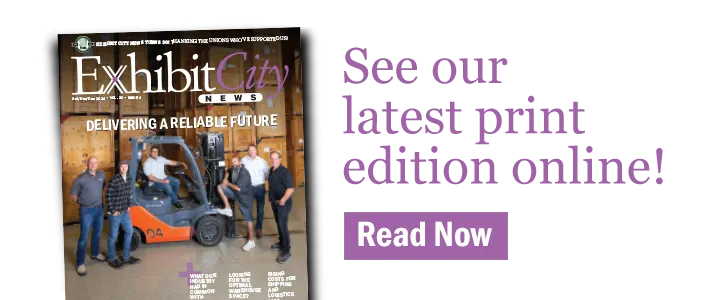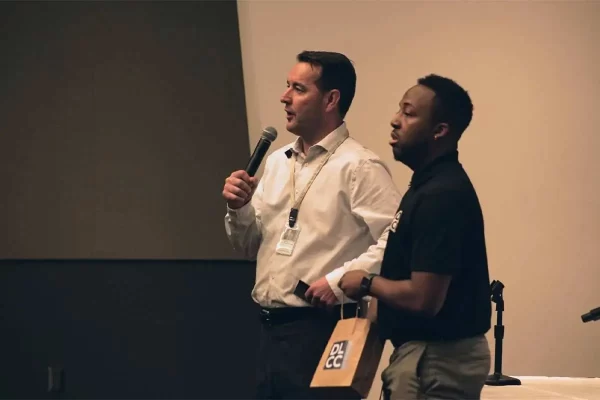If you are new to exhibiting outside of North America, you may wonder what the term “build and burn” really means.
Well, it’s actually quite literal. The exhibit is built, and then after the show, the exhibit is burned instead of being stored for re-use. The reason this method of building became popular was largely due to the lack of storage space, expenses and non-climate controlled storage.
In some parts of the world, like Europe, storage space is limited, and therefore, is charged out at a premium. In others, like Asia, South America or the Middle East/India, labor is considerably less than in Europe and North America, and your budget can easily build a brand new exhibit for less than the cost of storage and refurbishment from show to show. If you plan on exhibiting in multiple countries within one region, it is also often less expensive to use the build and burn method due to the high customs and freight charges.
Exhibit materials begin to break down when they are stored in humid conditions. It can cause wood to warp and laminate to peel off. Often times, storing in very cold climates, like in Russia, can also cause issues with the build materials. The cherry on top is when you try to use the same exhibit in multiple conditions and must go from extreme hot to cold temperatures; this accelerates the rate of deterioration tremendously.
As the movement in “Green” exhibiting, and well, just going green in general, becomes stronger, often people have a hard time accepting the fact of how bad “build and burn” really is for the environment, even if it does work better for the budget. There are options, in some locations around the world, to help eliminate your exhibit’s carbon footprint.
As in North America, the idea of renting properties is starting to become common throughout Europe and with certain companies across the globe. Building with a system (much like an erector set) is a trend that is going worldwide, heavily in part due to Octanorm and the OSPI Network. This componentry was developed in Germany and debuted at EuroShop in 1968! Since then, the corporation has created a network (OSPI) of exhibit builders around the globe that can use this product. The members of OSPI are able to rent out Octanorm components to reduce waste when building your stand. There are many other systems out there as well, like SYMA, which also has a global network, and other smaller companies.
Europe is also doing more and more of the traditional custom build and store as in North America. With the open boarders throughout the EU, this does become a more viable option as shipping from country to country no longer requires customs charges and time-consuming inspections.
Often times, you can also do a combination of methods. Renting of the core componentry to build your stand (like Octanorm); build and store of specialty items like reception counters or product demo stations; and then build and burn of cladding to cover the Octanorm if you wish to have a more custom look is very common practice. However, it is important to ask about storage conditions to ensure those custom items will be stored in a climate controlled area to avoid material breakdown.
We should also thank Germany for paving the way in exhibit recycling. The materials used as a “build and burn” in Germany are required to be recycled and often used to create electricity.
The next time you exhibit outside of North America, remember to ask about your options!































